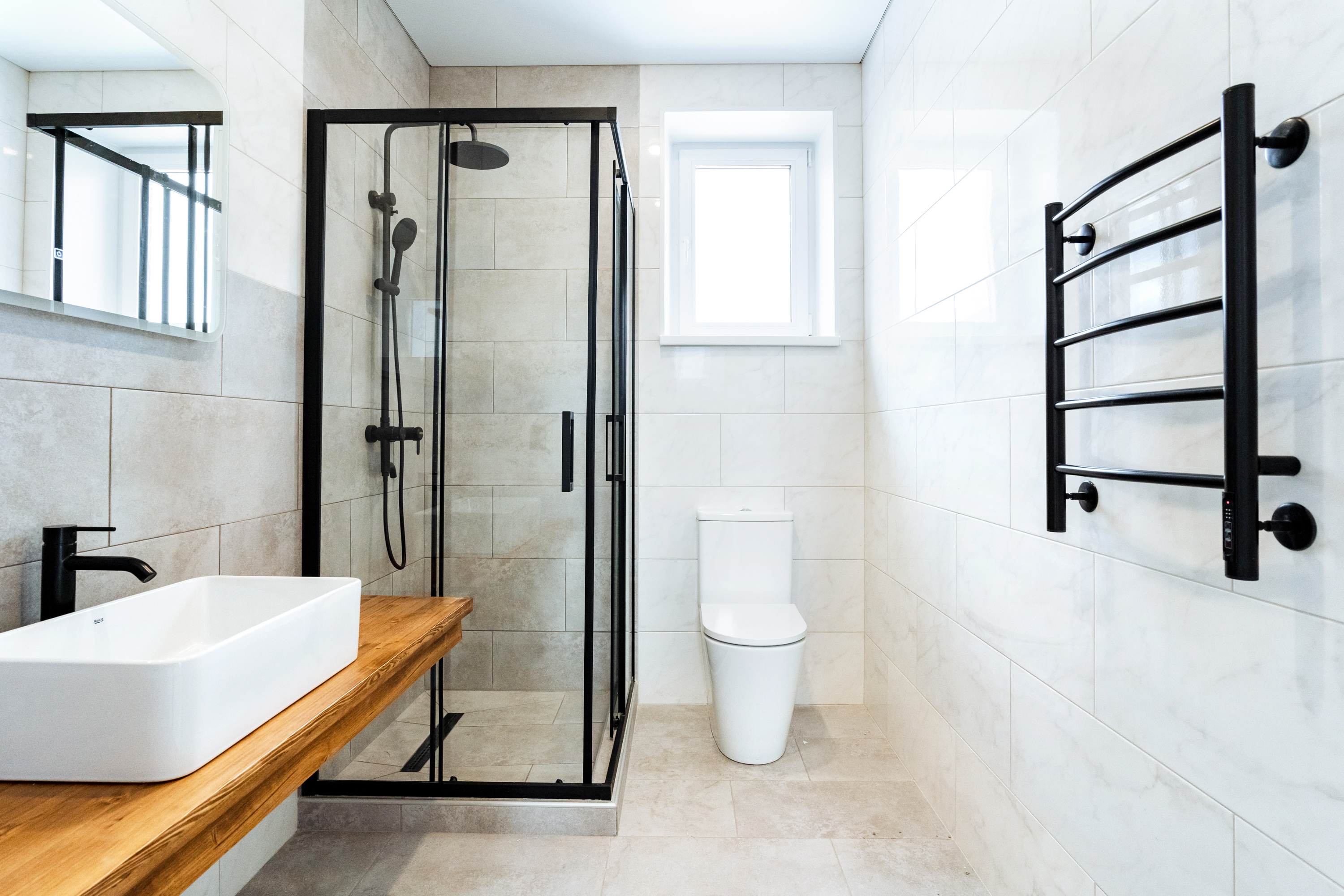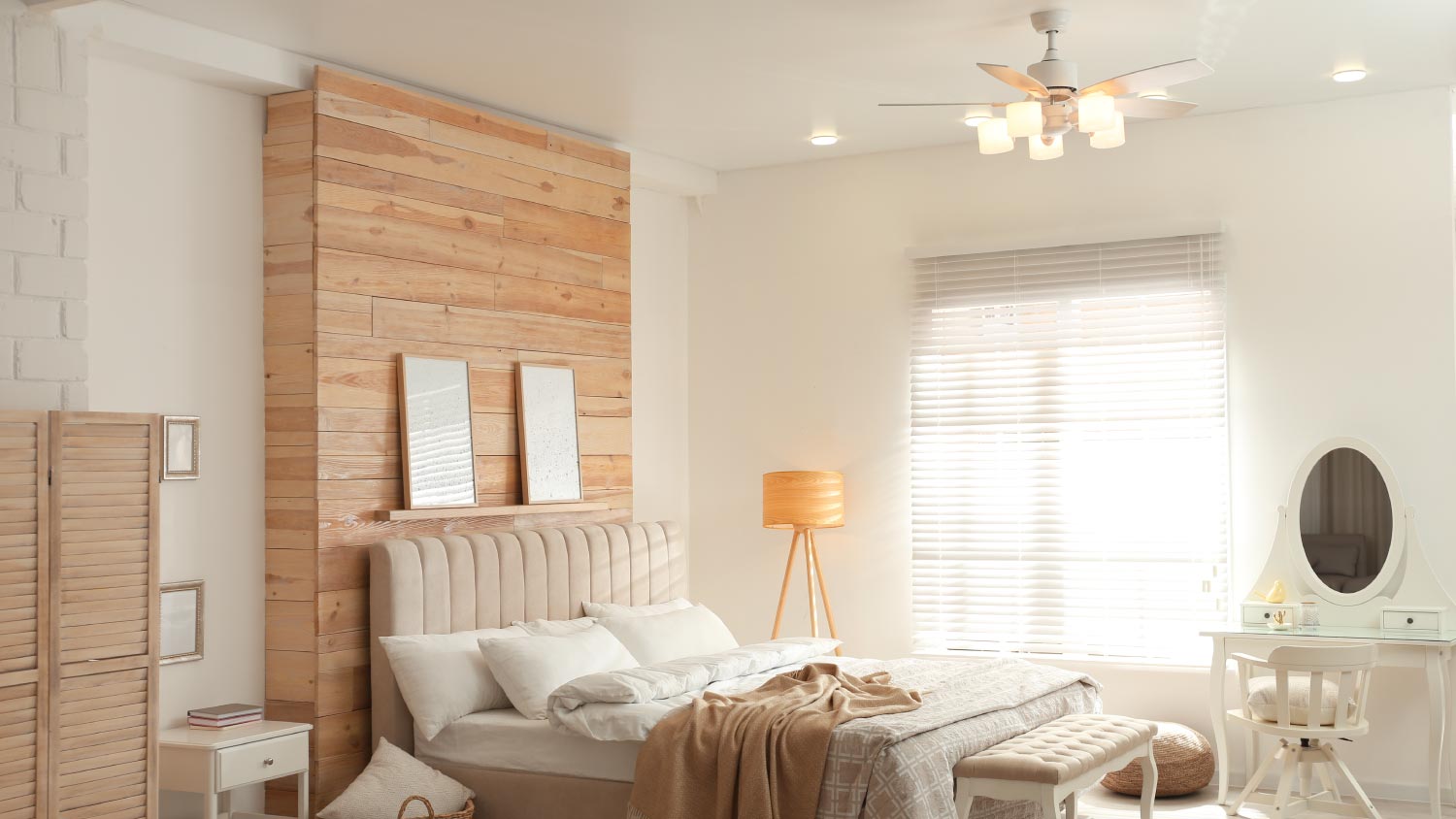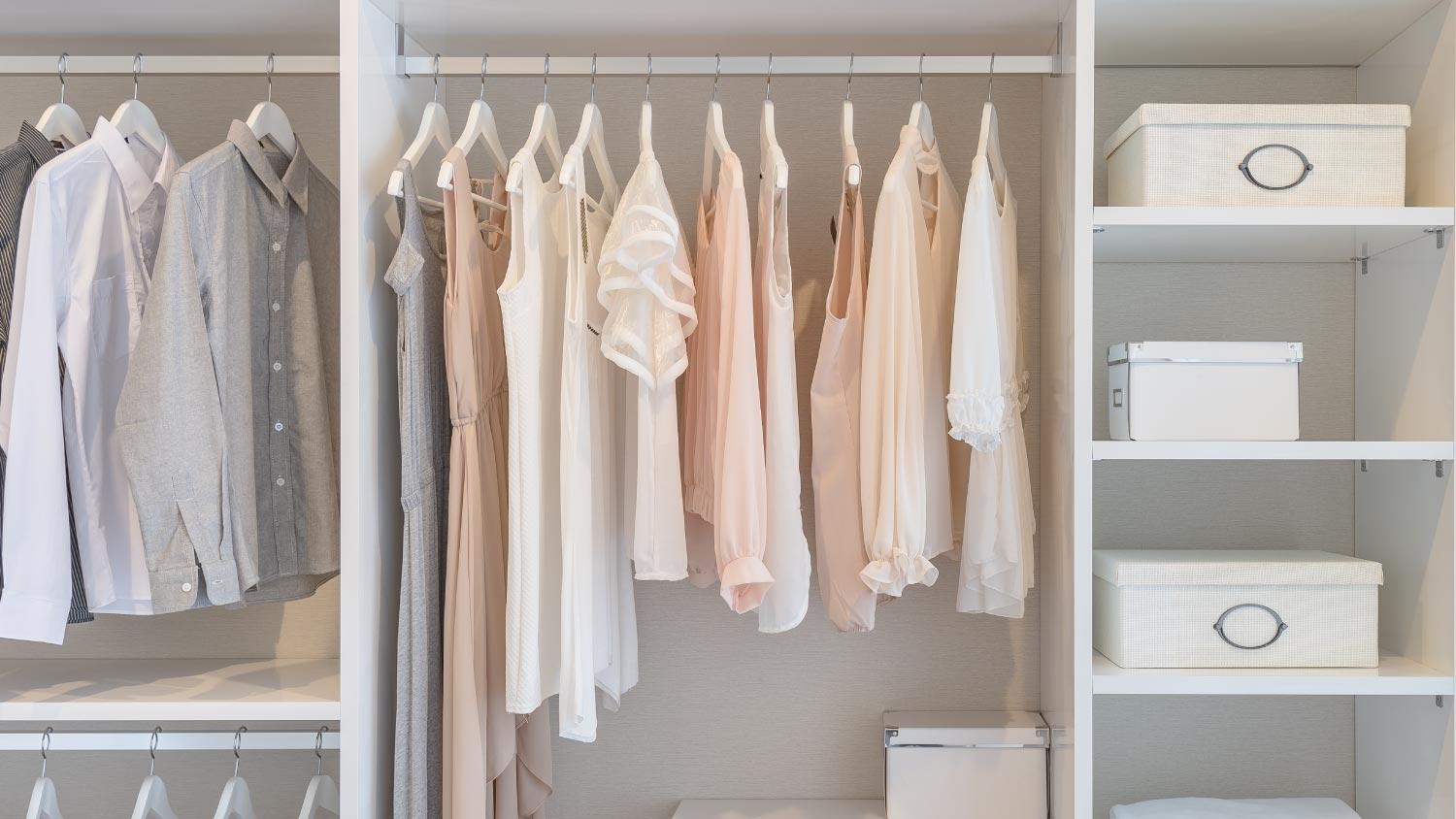
Discover the cost to design a bathroom, including key price factors, to help you plan your remodel with confidence and avoid budget surprises.
Here’s your step-by-step guide to the many parts of this home feature


Staircases are made of many different parts, some obligatory, others optional.
Each part of a staircase, from the steps to the railing, plays an important part in the structure.
Maintaining your staircase is easy to do with a few DIY tricks.
Though they may seem straightforward (even when they’re curved), staircases are surprisingly complex and made up of many different parts. We’re all familiar with the steps and banister, but what about the various structural elements that keep the whole thing standing upright? Being able to recognize one component from the other, as well as knowing the exact function of each part, will give you the know-how to maintain your staircase.
Use this guide to finally know what to call each part of a staircase, along with when you can make repairs yourself and when you should call in a pro.

Staircases can be built from many different parts; some are integral to the overall structure while others are purely cosmetic. Keep reading to get to know the basics of every component, from the obligatory to the optional.
As the name indicates, treads are the horizontal part of a step where feet are placed (basically, the part that you tread on). They provide support to the risers, the other main component of a step. They’re non-negotiable, but their width can be customized to suit personal preferences or unique spaces.

Risers are the vertical part of a step. They create distance from one step to the next and provide additional support to the treads. Many outdoor decks feature steps without any backing, so while this feature is common, it’s not always necessary.
Nosings are the edge of a step that protrude horizontally, creating an overhang or distinct edge. Though they’re not always obligatory, they’re worth including because they prevent slipping and generally make it easier to walk up and down the stairs.
Also known as a banister or handrail, this part of a staircase is used to provide support to those walking up the stairs. Though not mandatory, they are strongly suggested, especially for anyone that has a higher risk of falling, without the extra security measure, like small children or elderly family members.
This component, also called a newel, connects the staircase to the railing system. Most staircases feature roughly two to four (and sometimes more or less)—two for the top of the staircase and two for the bottom.
Also called balusters, spindles are thin posts that connect the steps to the railing all the way up a staircase. These come in an array of different styles and sizes and can even be custom-designed for your particular tastes.
Shoe molding is a thin strip located horizontally at the base of a riser to protect the vertical part of the step from shoe-related damages, like smudges, holes, and scratches.
A stringer is a vertical support board that’s located along the side of the steps and underneath the railing. Stringers are found in a handful of different styles, like closed stringers, which are built to conceal steps, and cut stringers, which expose treads when viewed from the side.
This is a flat area at the top or bottom of stairs that leads to other spaces. Some staircases also feature half-landings, which are found halfway up a flight of stairs or used to differentiate one floor from another in commercial buildings.

This is the first step at the bottom of a staircase, and it’s usually wider than the others to blend with any landings.
This is a continuous series of steps without a landing. Most flights of stairs have roughly 13 to 16 steps before a landing appears.
This is the underside of a staircase and it can be both opened and closed depending on your preferences.
In general, having a few maintenance tricks up your sleeve is the key to ensuring your staircase stands the test of time. Try lining this feature with a long area rug to protect treads and risers from heavy traffic. When something is cracked or loose, like a spindle that keeps wobbling or a post that won’t stand still, use a few common tools, like wood glue and an electric drill, to keep everything secure.
For larger structural damages in the stringer or treads, it’s best to hire a professional staircase builder to ensure that all fixes are 100% up to code.
The cost to repair stairs is $4 to $8 per square foot, or $700 on average for full projects, according to HomeAdvisor. Most of those costs cover labor, so it can be as little as $1.25 to $3.50 per square foot to take care of staircase repairs on your own.
From average costs to expert advice, get all the answers you need to get your job done.

Discover the cost to design a bathroom, including key price factors, to help you plan your remodel with confidence and avoid budget surprises.

Find out how much it costs to install crown molding by type and size. Use our expert guide to figure out how much crown molding you need, how much crown molding costs near you, and whether you need to hire a pro.

Discover the average cost of tin ceiling installation, including labor, materials, and key factors that impact your budget. Learn how to save and plan your project today.

Discover the average cost of stretch ceiling installation, key price factors, and ways to save. Get transparent pricing to plan your stretch ceiling project.

Architectural details like wood molding help frame a space and add visual interest. From baseboards and door casing to wainscoting and board-and-batten paneling, read on for a rundown of all the types of trimming for your home.

Discover the cost to install a built-in wardrobe. Learn about average prices, installation factors, and ways to save on your custom storage project.